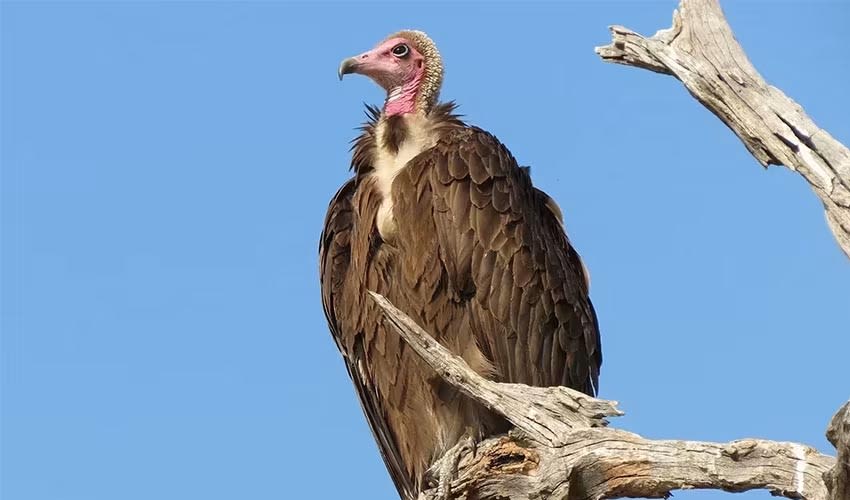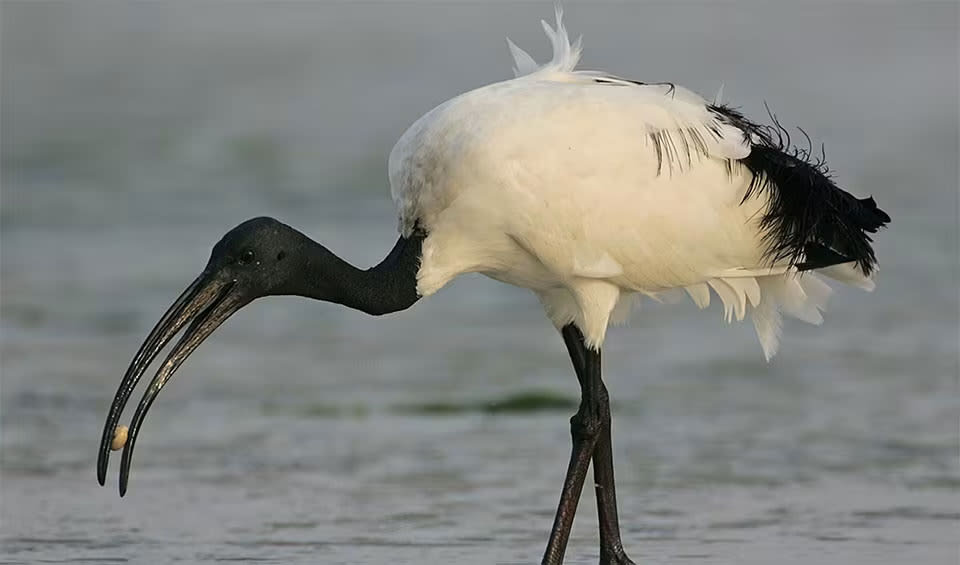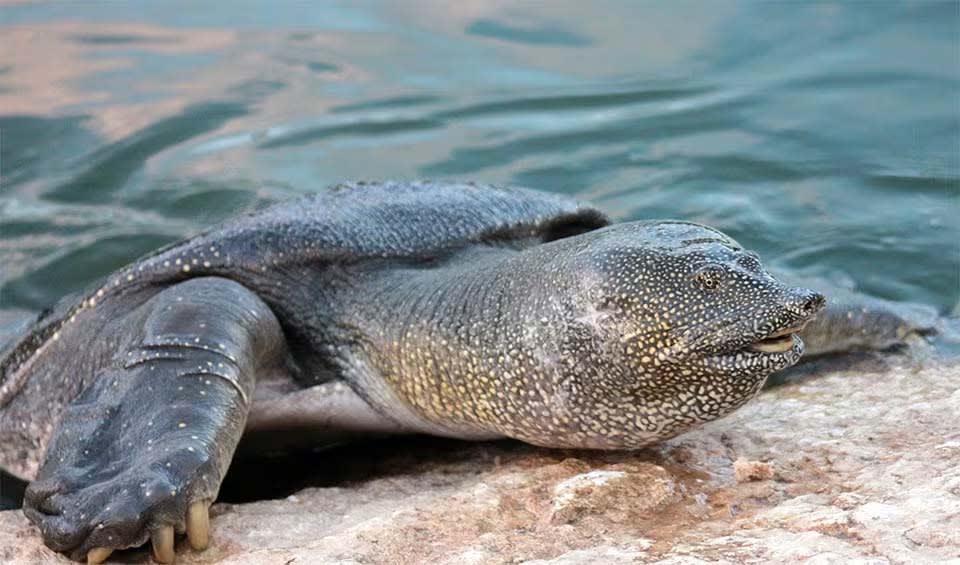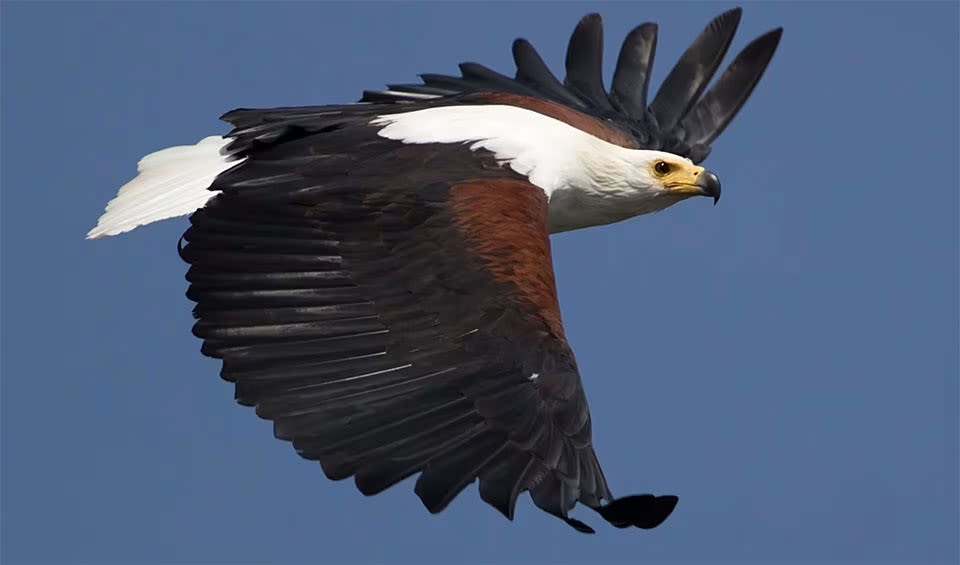South Sudan, a landlocked nation in East-Central Africa, boasts a remarkable array of wildlife and ecosystems, making it a critical center for global biodiversity. The country’s extensive landscape encompasses immense wetlands, expansive savannas, and lush forests, providing habitats for numerous species of flora and fauna. This rich natural heritage includes everything from towering trees and exotic flowers to predators and smaller mammals, creating a vibrant tapestry of life.
South Sudan is also renowned for hosting the world’s second-largest terrestrial mammal migration, an awe-inspiring spectacle where millions of antelopes, gazelles, and zebras migrate across its vast plains. This migration not only highlights the country’s ecological wealth but also emphasizes its importance as a biodiversity stronghold in the region.
Four pillars elaborated:
South Sudan is home to a rich network of protected regions, including national parks, game reserves, forest reserves, nature conservation areas, and bird sanctuaries. These protected areas cover a substantial part of the country’s terrain, providing critical refuges for its abundant biodiversity. They are vital habitats for a variety of wildlife, such as elephants, lions, giraffes, and many bird species. Beyond preserving wildlife, these areas are essential for maintaining ecological balance, protecting watersheds, and supporting the livelihoods of local communities. Land Management
Land Management
South Sudan’s biodiversity is under severe threat due to multiple challenges. The legacy of civil wars has left the country with scant infrastructure and many isolated areas, creating significant barriers to wildlife conservation efforts. This lack of access and resources impedes the effective protection and preservation of unique habitats and the diverse species they support. Additionally, insufficient funding for wildlife departments limits their ability to carry out necessary conservation programs, as well as the development of essential infrastructure, research, and monitoring initiatives. Threats to Biodiversity
Threats to Biodiversity
The situation is further exacerbated by inadequate law enforcement, which allows illegal hunting and poaching to thrive, driven by the demand for rare animal products and severely impacting endangered species. Moreover, direct human activities such as deforestation, agricultural expansion, and infrastructural development continue to destroy natural habitats, leading to the displacement and potential extinction of various species.
The South Sudanese government has taken several measures to address its biodiversity crisis, including establishing protected areas like Boma and Nimule National Parks, and implementing legislation to regulate resource use. As a participant in international conventions like CITES and the CBD, South Sudan aligns its conservation efforts with global standards. Capacity and Governance
Capacity and Governance
The government also emphasizes community involvement in resource management, capacity building for conservation personnel, and conducts wildlife research and monitoring in collaboration with NGOs. Efforts to stabilize conflict-affected areas and combat poaching are also crucial, although challenges such as funding, infrastructure, and political instability persist.
The National Biodiversity Strategy and Action Plan (NBSAP) for 2018-2027 outlines essential strategies for biodiversity conservation. Key actions include protecting ecosystems and species, promoting the sustainable use of natural resources, enhancing public awareness and participation, and building capacity through partnerships. Future Trends
Future Trends
Biodiversity
South Sudan’s savannas and grasslands dominate much of the country’s landscape, particularly in regions such as the Boma and Bandingilo National Parks. These ecosystems are home to large populations of herbivores, including elephants, buffaloes, giraffes, and various species of antelopes. The annual migration of white-eared kob, tiang antelopes, and Mongalla gazelles in Boma National Park is one of the largest mammal migrations in the world, rivaling the Great Migration in East Africa. These migrations are crucial for the ecosystem, sustaining predators like lions, leopards, and hyenas.The Sudd, one of the largest wetlands in the world, is a defining feature of South Sudan. This vast swamp, formed by the White Nile, provides critical habitats for fish, amphibians, and birds. The Sudd is particularly important for waterbirds, including pelicans, storks, herons, and the shoebill stork. The wetland is also vital for the local communities who rely on it for fishing, agriculture, and livestock grazing. The White Nile and its tributaries are essential for the country’s biodiversity, supporting various aquatic species and providing water for wildlife and human populations.
In the table below are the number of known species in several main groups, how many of these species are Threatened with extinction, and how many of them are Endemic (unique to South Sudan only):
| Species (World rank) |
Threatened | % Threatened | Endemic | % Endemic | |
|---|---|---|---|---|---|
| Mammals | 244 (#43) | 14 | 15.7% | 3 | 1.2% |
| Birds | 806 (#28) | 23 | 2.9% | ||
| Reptiles | 225 (#40) | 4 | 1.8% | 2 | 0.9% |
| Amphibians | 36 (#76) | 23 | 63.9% | ||
| Fishes | 101 (#181) | 1 | 1.0% | 2 | 2.0% |
| Plants | 2,806 (#130) | 17 | 0.6% | 1 | 0.0% |
mammals
Northern giraffe
Most endangered giraffe species is witnessing silent extinction
Plains zebra
These zebras with the underbelly stripes are the longest migrators in Africa
Giant pangolin
Covered in tough, overlapping scales made of keratin — the same material human fingernails are made from
birds
Common ostrich
Arabian ostrich, 1 of 4 subspecies, was hunted to extinction in mid-20th century
Hooded vulture
They are known to scavenge at rubbish dumps and around slaughterhouses, helping to dispose of animal byproducts and reducing potential health risks
African sacred ibis
The fossil records suggest that this species has been on this planet for millions of years
reptiles
African softshell turtle
Instead of a bony shell, it has a flat, leathery covering that helps it glide smoothly through the water
Nile crocodile
One of the most iconic animals of Africa and the second largest reptile on earth
Black mamba
Africa’s most feared snake that would inevitably evoke reactions of fear by just its looks
National Animals
African fish eagle
With its striking appearance and distinctive call, it is often referred to as the “voice of Africa”














